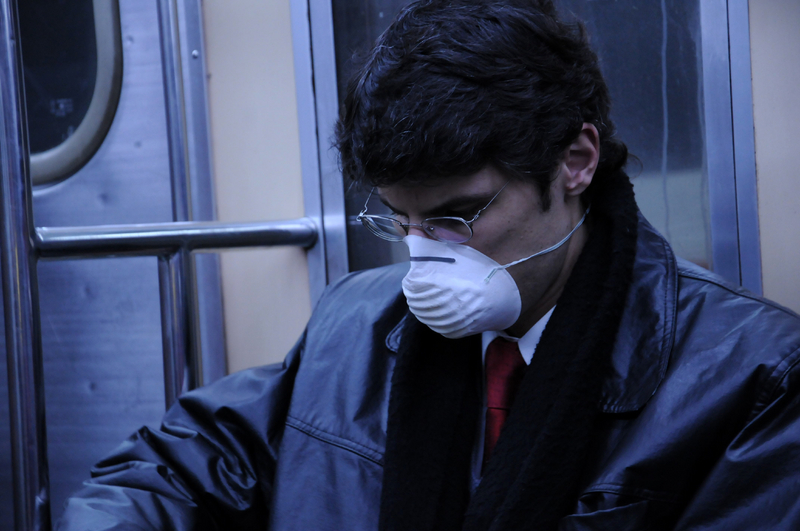Real-Time Flu Forecast Predicts Outbreaks in Each US City

Borrowing ideas from weather forecasting, researchers have developed a system to predict, weeks in advance, when a city will see the peak of its seasonal flu outbreak.
A reliable flu forecast could limit an outbreak by informing people and health officials so they can step up protective measures, the researchers said.
The researchers tested the model on 108 cities across the United States during the 2012-2013 flu season, and found they could accurately predict the timing of the influenza peak in more than 60 percent of the cities two to four weeks in advance, on average, according to the study, published today (Dec. 3) in the journal Nature Communications.
"Having greater advance warning of the timing and intensity of influenza outbreaks could prevent a portion of these influenza infections," said study researcher Jeffrey Shaman, an assistant professor of environmental health sciences at Columbia University in New York.
When the flu peak arrives, the number of people getting infected increases rapidly in a matter of days.
Just as information about pollution levels or pollen levels can help people avoid health problems related to these issues, knowing that a flu outbreak will reach its peak in the coming weeks can prompt people to change their behaviors — for example, they might be more cautious about their personal health and consider getting vaccinated, Shaman said.
Similarly, public health officials "can determine areas that are in greater need of vaccine supplies, where antiviral drugs should be directed and whether or not school closing is needed in the face of a highly virulent outbreak," Shaman told LiveScience. [6 Flu Vaccine Myths]
Get the world’s most fascinating discoveries delivered straight to your inbox.
Predicting the flu peak
The researchers' system combines data from Google Flu Trends, which tracks search inquiries for flu-related information on Google, with data from the Centers for Disease Control and Prevention (CDC) on reports of lab-tested influenza cases. The system estimates the percentage of flulike illnesses that are likely to actually be influenza.
The system also has information about how the influenza virus spreads through populations. The approach is similar to weather-forecasting methods that use real-time observational data to continually update and correct predictions.
In the study, the researchers used the flu-forecasting system beginning in late November 2012.
The peak of flu season changes from year to year but usually occurs between December and April. In 2012, influenza activity peaked in cities in the Southeast in December, and in most of the country in the first weeks of 2013.
The researchers found that the model's prediction of flu peaks became more accurate as the flu season progressed, and the researchers fed more data into the model. At four weeks into the flu season (at the end of December 2012), 63 percent of the model's predictions were accurate. The accuracy of predictions rose to 74 percent later in the season.
Some predictions better than others
The results showed that the system tends to make better predictions in some cities than in others, the researchers said.
"We were able to make better predictions in smaller cities," Shaman said. "Population density may also be important."
The forecasting model assumes that every person has the same amount of contact with others, and the situation in smaller cities or areas with denser population may be closer to this assumption, he said. This suggests that in cities like New York or Los Angeles, predictions may be more accurate if they are made on smaller levels — for instance, by borough or individual neighborhoods.
The researchers said they are planning to put the flu-forecasting system online, making it available to the public.
Worldwide, influenza and its complications kill an estimated 250,000 to 500,000 people yearly, according to the World Health Organization. In the United States, between 3,000 and 49,000 people die from the flu each year. About 45 percent of Americans were vaccinated against the flu in 2012, according to the CDC.
Email Bahar Gholipour. Follow us @livescience, Facebook & Google+. Original article on Live Science.



